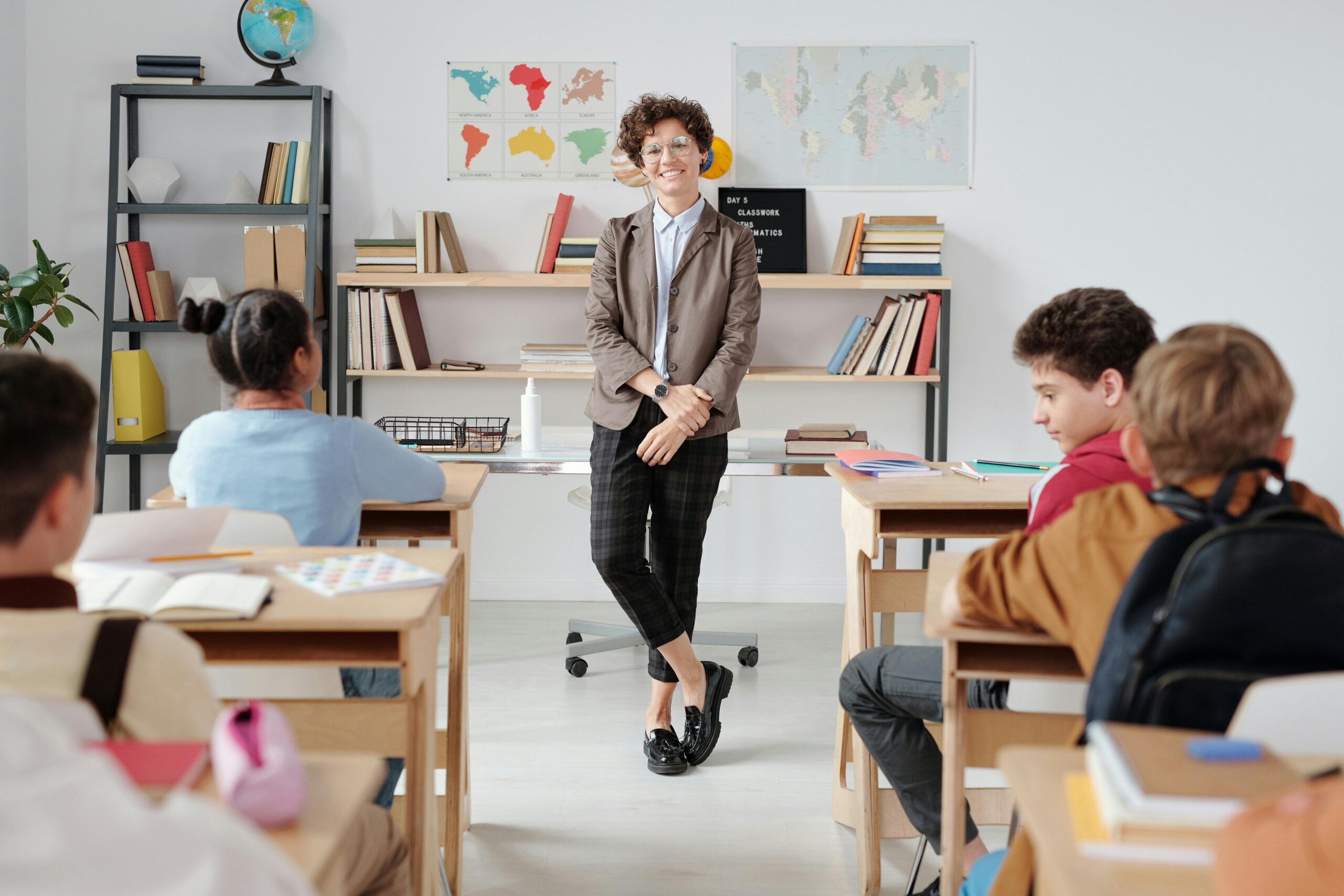The new school year is just around the corner, and that means you are in a time crunch. Before students walk through those doors on day one, you need to make sure everything is ready to greet them. If you’ve already ordered your custom student planners, you might assume that your agenda prep is done—but there is still one more step left before the kids hit the classrooms.
Teaching the teachers how to integrate student planners into their classrooms.
It’s easy to assume they’ve got this covered. After all, these are adults who have no doubt used planners as both students and teachers. But just because they can use planners doesn’t mean they’re ready to integrate them into their classroom routines. So, how can you help your teachers successfully launch school planner use this year?
Setting the Stage
Before you can dive into teaching the teachers, you need to set the stage by establishing your expectations for school planner use. What do you want to accomplish, not just in terms of what planner use will look like, but what this use is meant to achieve? Make it clear that planner use is foundational for your school culture—for all parties, not just students. Take time to outline why it is so important, including what the research has to say about the benefits of agendas for student organization and success.

Using Their Own Planners
Planner use can be highly personal, with each of us having our own approaches that work best for ourselves. Still, there are tips, tricks, and best practices that, even if you don’t enforce them, you want your staff to be aware of. During those pre-school professional development days, consider offering a quick refresher on using custom teacher planners.
Things you might cover here include:
- Keeping your planner with you at all times
- Having your planner visible to yourself and students whenever possible
- Checking your planner regularly
- Wording tasks for clarity and brevity
- Differentiating what is critical and what can wait
- Crossing off tasks as they go
- Understanding what information goes in each section
You can frame this refresher as a way to strike a good work/life balance, as well as laying the foundation for translating this to helping students use their planner.
Laying the Foundation
Next up is helping teachers understand how to lay the foundation for consistent and effective student planner use. A lot of this feels intuitive, and your veteran teachers probably already have this down pat. Still, it’s worth it to cover the basics, even if it’s just review. So, what should you cover here?
- What teacher expectations should be
- How to communicate those expectations
- Ways to reinforce planner usage
- Ideal moments to prompt planner use
- Steps for modeling planner use
- Using planners for parent communication

Engaging Students With Backwards Planning
Your teachers are already familiar with backwards design. Now, they can apply those principles to planning and help students integrate them into their organizational routine. Not all teachers will use this planning system, so this is a great opportunity for professional development.
What does backwards planning look like? Each time teachers assign larger projects, they should have students record the due date. Then, they need to walk them backwards, breaking the process up into smaller steps and setting personal due dates for each step. Instruct your staff on how to do this and encourage them to apply this approach to their own planning, starting with their before-the-school-year tasks.
Integrating Planners Into the Daily Routine
Not all students are self-directed. In fact, most aren’t, and all will have their moments where they need an extra push to use their custom planners. It’s essential that teachers integrate planners into their daily classroom routines, prompting students to use them. This requires just a minute or two from each class, allowing for boots-on-the-ground guidance for struggling students.
Where teachers might struggle with this is identifying opportunities for integrating planner use. Use your PD sessions to help teachers develop an eye for opportunity, covering different situations where it makes sense to integrate planner use. Think about exit tickets, reviewing due dates, and even utilizing the special features you include in your custom student planners.
Make Sure Your Teachers Can Hit the Ground Running
The best way to get consistent results is to start as you mean to continue. Ensure teachers and students are ready to start with planners from day one of the new school year. If you haven’t already designed and ordered your personalized student planners, let us help. To get started, request your sample pack today.